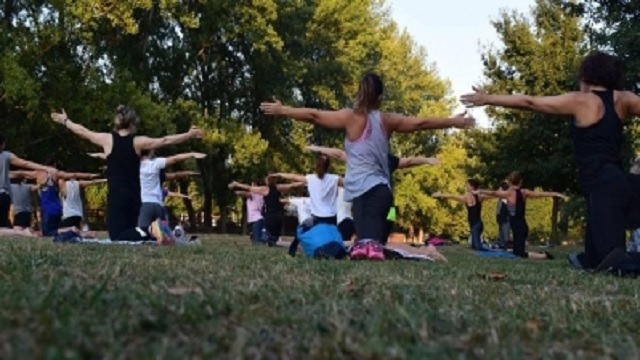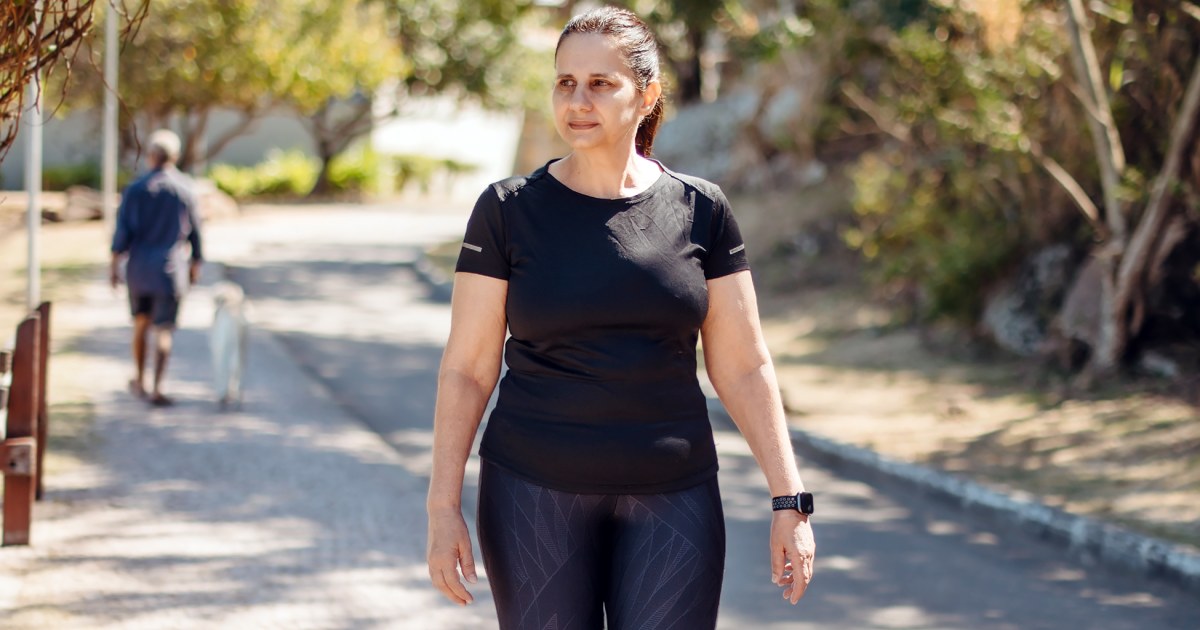Exercising less could turn off a vital protein in the body, causing further inactivity and making exercise more difficult, new research suggests.
Scientists at the University of Leeds have found that turning off the Piezo1 protein, a blood flow sensor, reduces the density of capillaries carrying blood to muscles.
This restricted blood flow means activity becomes more difficult and can lead to a reduction in the amount of exercise possible, the team found.
They say the results help explain the biology of why exercise gets harder the less you do it.
The article, Endothelial Piezo1 supports muscle capillary density and aids physical activity, is published today in Clinical Investigation Journal.
The experiments were conducted in mice, but the Piezo1 protein is found in humans, suggesting the same results could occur.
Lead author Fiona Bartoli, a postdoctoral researcher at the University of Leeds Medical School, said: “Exercise protects against cardiovascular disease, diabetes, depression and cancer. Unfortunately, many people don’t get enough exercise, for reasons such as injury and computer use. This puts people at an increased risk of disease. The less people exercise, the less fit they become, which often results in a downward spiral.
“Although many responses to exercise are known, how the benefits of exercise are initially triggered at the molecular level is mysterious. Our study highlights the crucial link between physical activity and physical performance made at this level by Piezo1. Keeping our Piezo1 active through exercise can be crucial in our physical performance and health.”
During the experiment, the scientists compared two groups of mice – a control group and a group whose Piezo1 levels had been disrupted for 10 weeks. Walking, climbing and running activity was observed, with Piezo1 mice showing a striking reduction in activity levels. This suggests an important role for Piezo1 in maintaining normal physical activity.
The researchers examined whether Piezo1 mice were less interested in exercise, but found no difference in the amount or duration of activity between the two groups. Instead, there were fewer running wheel revolutions per exercise session and slower running speed, suggesting a reduced ability to exercise without a lower desire.
Supervising author Professor David Beech, University of Leeds Medical School, said: “Our work sheds new light on how the role of Piezo1 in blood vessels relates to the activity We already knew a lot about its role in the development of blood vessels, but we knew much less about its contribution to the maintenance of vessels in adults.
“Our finding also offers an opportunity to think about how loss of muscle function could be treated in new ways: if we activate Piezo1, it could help maintain exercise capacity.”
The study is funded by the British Heart Foundation.
Source of the story:
Materials provided by University of Leeds. Note: Content may be edited for style and length.
 AD Roberts
AD Roberts



